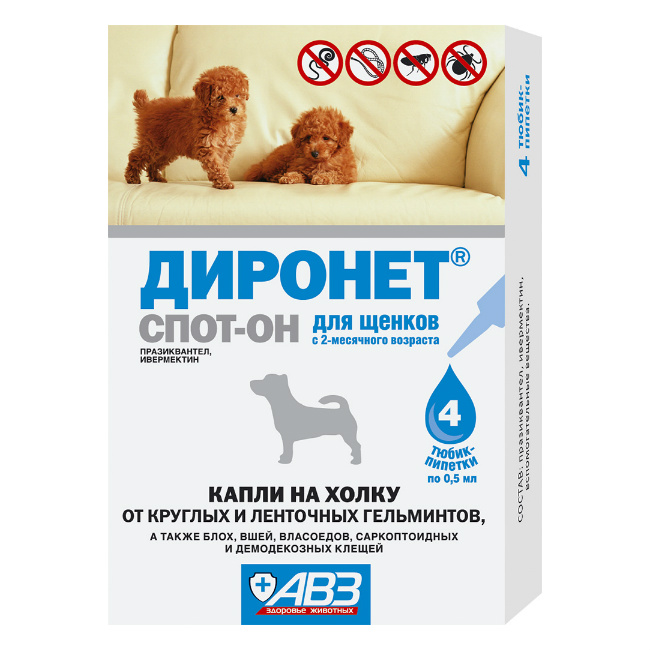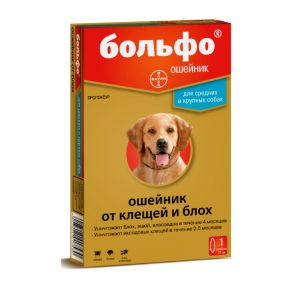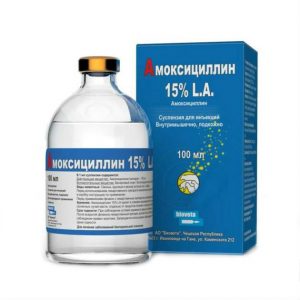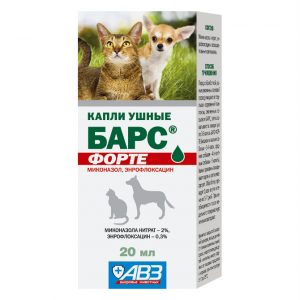Description
Pharmacological action
“Dironet Spot-on” a wide range of antiparasitic action, active against larval and mature phases of the development of intestinal nematodes, including Toxocara canis, Toxocara cati, Toxascaris leonina, Ancylostoma spp., Uncinaria stenocephala, Trichuris vulpis, cestode, including Echinococipicellipomidium multidoclice multylocidumllocompulumphylomdium multilocumculumculumumlocumcus multiloclomculumdulocumculum multilocumculumculumumlocomculum multilocumcus multiloclumculumculumumlocumcus multiloclumculumumlocumcus multiloclumculum multilocumculum multilocumculum multilocumum , Taenia spp., Mesocestoides lineatus, fleas (Ctenocephalides spp.), Lice (Linognatus setotus), lice beetles (Trichodectes canis), sarcoptoid (Sarcoptes canis, Otodectes cynotis, Notoedres cati) and demodecosis, cats.
After cutaneous application, the drug, absorbed from the site of application, enters the systemic circulation, organs and tissues of the animal, providing an effective antiparasitic effect.
Has an insecticaricidal effect on fleas, lice, lice beetles, sarcoptoid and demodectic mites present at the time of treatment on animals.
The mechanism of action of ivermectin, which is part of the preparation, consists in its effect on the current of chlorine ions through the membranes of nerve and muscle parasite cells. The main targets are glutamate-sensitive chlorine channels, as well as gamma-aminobutyric acid receptors. A change in the current of chlorine ions disrupts the conduction of pulses, which leads to paralysis and death of ectoparasites and nematodes.
The mechanism of action of praziquantel is based on the depolarization of neuromuscular ganglion blockers, impaired glucose transport and microtubular function of all phases of the development of cestodes, which causes a violation of muscle innervation, paralysis and death of parasites.
Indications
Dironet spot-on is prescribed for adult dogs and cats, puppies and kittens older than 2 months of age for the treatment and prevention of intestinal nematodoses, cestodoses, entomoses, otodectosis, sarcoptosis, notothedrosis and demodecosis.
Contraindications
Increased individual sensitivity of the animal to the components of the drug.
Dironet spot-on is prohibited for puppies and kittens younger than 2 months of age, pregnant, lactating, sick with infectious diseases and recovering animals.
If necessary, the use of the drug for collie, bobtail and sheltie puppies, due to the increased sensitivity of dogs of these breeds to ivermectin, the treatment should be carried out under the supervision of the attending veterinarian.
Special instructions
Do not apply to wet or damaged skin, wash the animal for 4 days after treatment with the drug, and use simultaneously with other antiparasitic drugs.
Dosage and administration
The drug is used in animals by spot-on application to dry, intact skin.
Before use, the tip is broken off in a pipette and, after spreading the hair, the preparation is applied to the animal on the skin along the spine, in places inaccessible for licking the preparation – in the neck at the base of the skull or between the shoulder blades.
When processing large animals, the contents of the pipettes are applied to the skin in 3-4 places.
The minimum therapeutic dose for adults is 0.2 ml / kg animal weight. The minimum therapeutic dose for puppies and kittens is 0.1 ml / kg. Taking into account the type, age and weight of the treated animal, a tube-pipette of the required volume or a combination thereof is selected and the drug is used in the doses indicated in the table.
Type and weight of the animal
Dose of the drug
Kittens from 2 months of age
up to 1 kg
3 drops
more than 1 kg
5 drops
To destroy fleas, lice and lice, the animal is treated once, to prevent repeated invasion – once every month throughout the season of insect activity.
For the treatment of otodectosis (ear scabies), the drug is applied to the skin once. If necessary, the treatment is repeated after 1 month. In the process of treatment, it is recommended to clean the ear canal of exudate and scabs, and in case of complications with otitis media, prescribe antimicrobial and anti-inflammatory drugs. For therapeutic purposes, in dogs with sarcoptosis and demodecosis and cat notodes, the drug is used 2 4 times with an interval of 10 14 days until two negative results of acarological examination are obtained in order to prevent possible invasion – 1 time a month. Treatment is recommended to be carried out comprehensively with the use of etiotropic, pathogenetic and symptomatic drugs in accordance with the instructions for their use.
For deworming of animals with nematodoses and cestodoses of the gastrointestinal tract, the drug is used for therapeutic purposes once, for prophylactic purposes – once a quarter.
Side effects
When using the drug according to the instructions, side effects and complications are not observed. In rare cases, with increased individual sensitivity to the drug, lacrimation, excessive salivation, muscle tremors, vomiting, or signs of skin irritation at the site of application of the drug. In these cases, the use of the drug is stopped and washed off with water and soap or zoo shampoo.
Storage conditions
Store the product in its original packaging, protected from light and moisture, out of the reach of children and animals, separately from food and feed, at a temperature of 0 ° C to 30 ° C.
active substance
praziquantel, ivermectin
Dosage form
solution for external use




